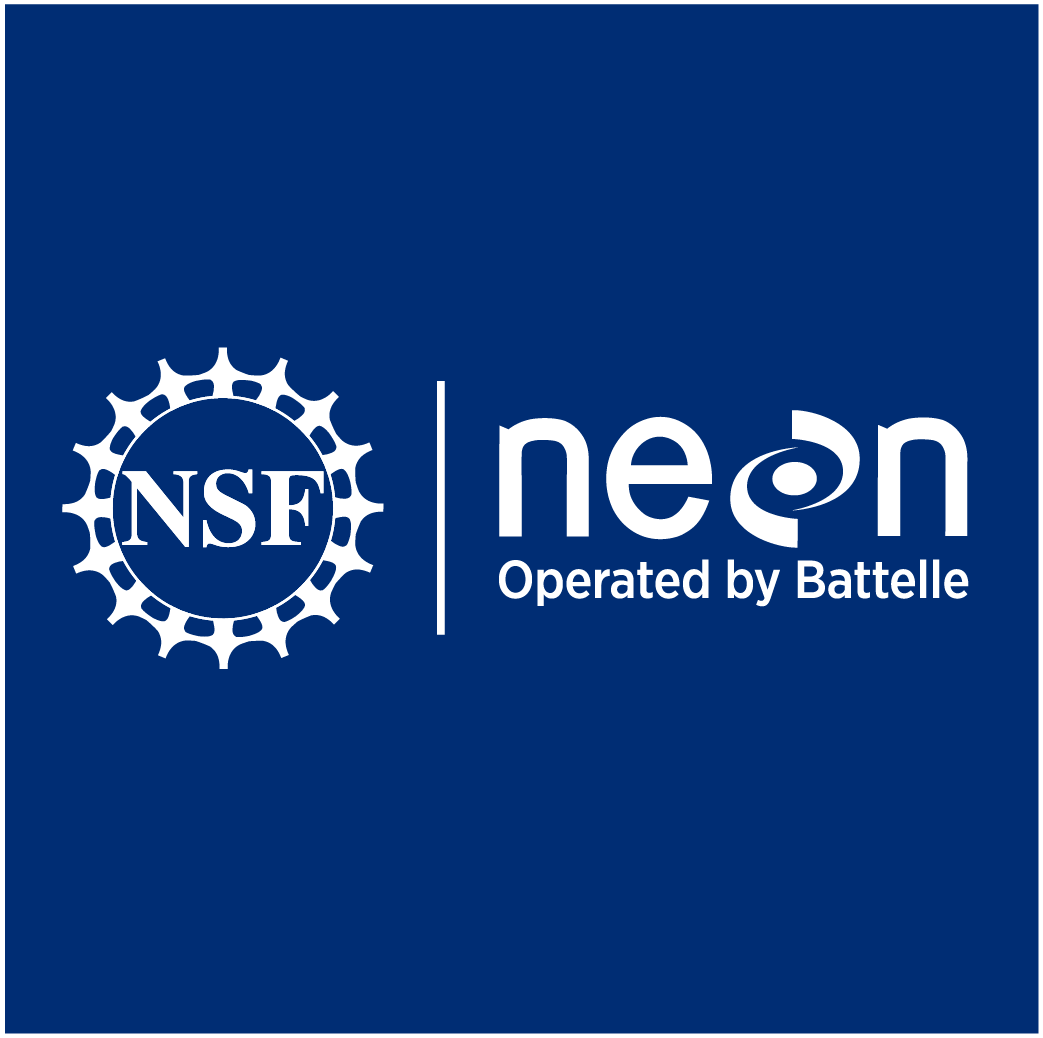Gaining familiarity with R and Work with NEON OS & IS data – Plant phenology & temperature - adaptation
Author(s): Nancy Cowden
Lynchburg College
2797 total view(s), 1459 download(s)
Liriodendron_tulipifera_image.jpg(JPG | 936 KB)
NEON.adaptation_FacultyNotes_Large_Datasets_in_R_Plant_Phenology__Temperature_Data.docx(DOCX | 24 KB)
r4beginners_v3.pdf(PDF | 1 MB)
- https://www.neonscience.org/osis-pheno-temp-series
- Free Introduction to R Programming Online Course | DataCamp
- License terms
Description
Novice students first gain familiarity with R and RStudio by reading Learn to Use R (Machlis 2015) and following instructions therein for installing R, RStudio, and setting a working directory for their data. Students then work through DataCamp’s Introduction to R to develop experience with R as a data tool. In a separate laboratory session, students complete the Working with NEON OS & IS data – Plant phenology & temperature tutorial, selecting a tree species and phenophase of interest to plot along with temperature data. The adaptation could be extended by connecting students’ tutorial reflections to local field investigations, an aspect of this adaptation not yet developed, in which students collect their own data, compare their work to data collected from regional NEON sites, and reflect on advantages and disadvantages of small and large-scale data collection and the applicability of conclusions based on varying scales.
This activity occupies two, three-hour laboratory sessions and requires each student to have access to a computer. The adaptation provides an introduction to R and working with ecologically relevant data. Students with prior experience designing and carrying out biological investigations who are enrolled in a general ecology or plant ecology course (typically college sophomores or higher-level Biology students) are the target audience.
Specific tutorial adaptations:
- Students read Machlis 2015 and followed instructions for uploading R and RStudio and setting working directory for data tutorial. Prior to moving on to the DataCamp tutorial, we briefly (5-10 min) talked about the prevalence of R usage in biological data investigation and its ability to generate publication-quality figures as well as the ability to query subsets of data without having to generate additional data frames.
- Students then completed DataCamp’s Introduction to R. In the first iteration of this NEON tutorial adaptation, students completed the DataCamp course in one, 3 hour lab session. However, because the free course is a skills-building only experience, perhaps a better way to initiate practice with R is to assign this as an out-of-class assignment, require a screen shot submission of the course completion acknowledgement, and complete a short, post assessment to check students’ comprehension and confidence in this initial R foray. I will institute this change in my next offering of this activity and will update my QUBES posting in December 2018 and will include a post-activity assessment tool in my documentation.
- The Working with NEON OS & IS data – Plant phenology & temperature tutorial was completed during our second lab session. Students worked with the tutorial’s downloaded data sets and were encouraged to select a different tree species and phenophase than what the original tutorial provided. Upon completion of the tutorial’s third part, Plot Continuous & Discrete Data Together, we compared students’ results and developed a working list of hypotheses that could be explored locally. The plan was to refine those hypotheses in a subsequent lab, select several to design investigations for, and collect data for evaluation. Weather and the need to focus on other activities precluded the field investigation extensions in the first iteration of this adaptation. Now that I have a better sense of pacing, I will develop and post the field activity component of the phenology and temperature tutorial adaptation after its next iteration, in December 2018.
This tutorial adaptation was implemented in 2018 in a junior-level Biology majors’ Plant Ecology course at Lynchburg College.
Notes
ver. 1.0.0 includes indoor activities only. A forthcoming update will include teaching notes on field-based extension recommendations.
Cite this work
Researchers should cite this work as follows:
- Cowden, N. (2018). Gaining familiarity with R and Work with NEON OS & IS data – Plant phenology & temperature - adaptation. NEON Faculty Mentoring Network, QUBES Educational Resources. doi:10.25334/Q4QX4P
